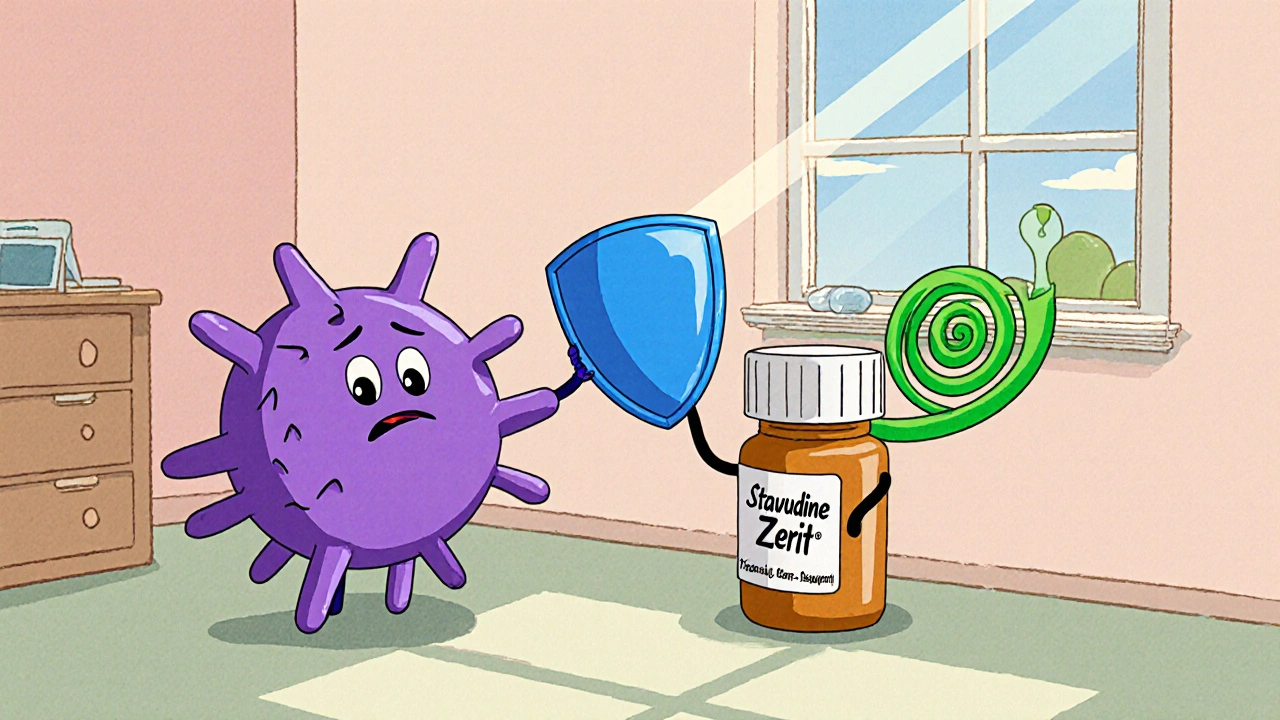When exploring HIV medication alternatives, different drugs or regimens that can replace standard antiretroviral treatments, patients gain flexibility in managing their health. Also known as alternative HIV treatments, they aim to lower side‑effects, cut costs, or overcome drug resistance.
Understanding antiretroviral therapy, the cornerstone of HIV care that suppresses viral replication is the first step. ART combines several drug classes—integrase inhibitors, protease inhibitors, and non‑nucleoside reverse transcriptase inhibitors (NNRTIs). Each class attacks the virus at a different stage, so when one class causes toxicity or loses potency, an HIV medication alternative may involve swapping to another class while keeping the viral load suppressed.
One of the biggest drivers for switching is drug resistance, the virus’s ability to mutate and evade the effects of a given drug. Resistance testing pinpoints which agents have lost their punch, nudging clinicians toward alternatives that target a different step in the virus’s life cycle. For example, if a protease inhibitor fails, an integrase inhibitor often restores control because it binds to a separate viral enzyme.
Cost is another practical hurdle. generic HIV drugs, off‑label versions of brand‑name antiretrovirals approved for the same indications can shave hundreds of dollars off a yearly regimen. Many health systems now favor generics once bioequivalence is proven, allowing patients to stay adherent without sacrificing efficacy. Savings from generics also free up resources for other health needs, like screening for co‑infections.
Side‑effects vary widely across drug classes. Integrase inhibitors are praised for mild gastrointestinal complaints, while some NNRTIs trigger vivid dreams or rash. Protease inhibitors can raise lipid levels and cause insulin resistance. Knowing the side‑effect profile helps you pick an alternative that fits your lifestyle—whether you’re concerned about weight gain, mental health, or long‑term organ health.
Adherence remains the single most important predictor of success. Even the best‑designed alternative falls apart if doses are missed. Simplified dosing schedules—once‑daily pills, fixed‑dose combinations, or long‑acting injectables—are often the reason patients switch. When you choose an alternative, ask your provider about pill burden, food requirements, and any monitoring you’ll need.
Practical steps for anyone considering a switch include: (1) get a baseline resistance test; (2) review current side‑effects with your clinician; (3) discuss generic versus brand options and insurance coverage; (4) confirm dosing instructions and any required lab monitoring; and (5) set up a reminder system to keep doses on track. Many pharmacies also offer medication therapy management services that can help you compare costs and navigate insurance formularies.
All of these factors—drug class, resistance profile, side‑effect tolerance, cost, and ease of use—intersect to shape the best HIV medication alternative for you. Below you’ll find a curated set of articles that dive deep into specific drug comparisons, dosing tricks, safety tips, and buying guides. These resources will give you the knowledge you need to make an informed switch and stay on top of your health.
